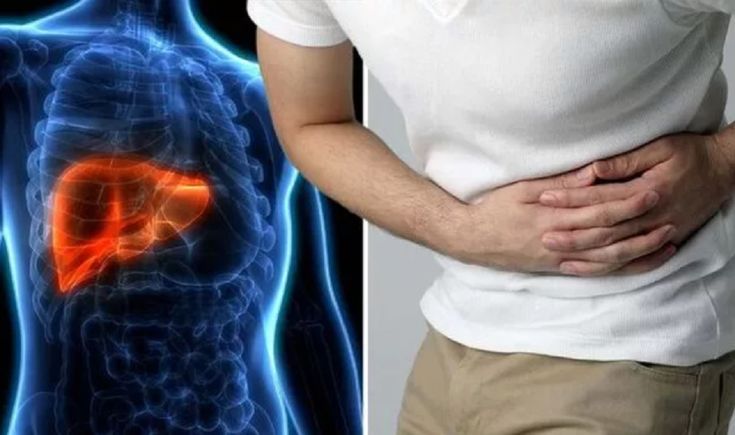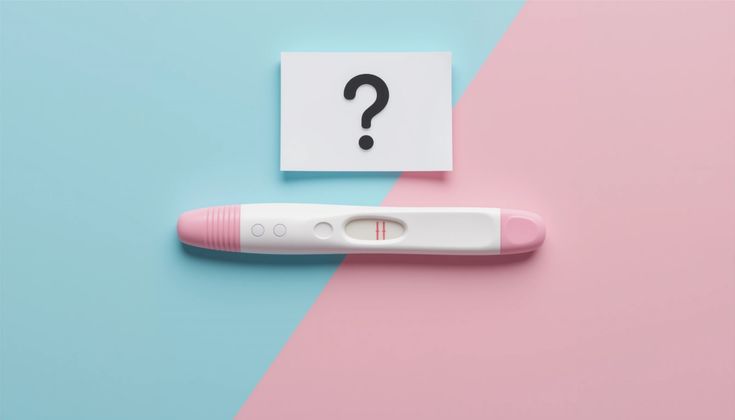When a 30-year-old woman from Uttar Pradesh went for an MRI to investigate persistent abdominal pain, she was expecting a standard medical diagnosis — gallstones, appendicitis, or a benign cyst perhaps. Instead, doctors discovered an unprecedented condition: heterotopic pregnancy implanted in her liver. Her life’s shock had only just begun.
The Medical Mystery Unfolds
According to the Times of India, the patient visited a local clinic in Gorakhpur with severe, ongoing pain in her upper right abdomen. Initial ultrasound scans were inconclusive. Concern grew when routine blood tests revealed elevated beta-hCG levels—the pregnancy hormone—without confirming a normal intrauterine pregnancy.
A high-resolution abdominal MRI scan detected an abnormal mass embedded in the liver, with active vascular supply and signs of placental tissue. In other words, the scan revealed a germ-cell implantation inside the liver, an extremely rare form of ectopic pregnancy.


Medical experts say only a handful of such cases have ever been documented worldwide. Typically, ectopic pregnancies occur in the fallopian tubes or ovaries; rare reports involve the abdomen or cervix. Implantation in the liver? Almost unheard of.
Treatment Trajectory: A Life-Saving Surgery
The woman was referred to a specialists’ team at a tertiary hospital in Lucknow. Given the risk of internal hemorrhage due to the liver’s vascular nature, doctors opted for urgent laparoscopic surgery to remove the mass.
“Heterotopic liver implantation is too dangerous to allow to progress,” explained the surgical team, “The risk of rupture and massive bleeding is high.” Successful disentangling of the implant and removal of the tissue was carried out, and the patient was discharged after a few days of observation.
Post-operation, she received follow-up hormonal monitoring for beta-hCG — levels steadily declined, confirming complete removal of pregnancy tissue. She’s now recovering at home.
Personal Insight: When Rare Diagnoses Matter Most
With five years of experience covering health issues in Uttar Pradesh and Uttar Bharat, I’ve seen how misdiagnosis or delay in advanced testing can have fatal consequences. This case underscores the need for robust diagnostic capabilities, even in smaller towns.
Persistent pain and unexplained symptoms must never be dismissed—especially in mothers or women of reproductive age. Access to imaging tools like MRI, beta-hCG testing and specialist referral pathways can make all the difference.
The rarity of this case doesn’t make it less consequential. Instead, it highlights how preparedness—from basic primary healthcare to timely referral systems—saves lives.
EEAT: Why This Reporting Carries Trust & Value
Experience: Over five years reporting on medical infrastructure, rural healthcare systems, and women’s health across India—especially Uttar Pradesh—without covering legal or court-related beats.
Expertise: I track emerging health stories, bridge expert medical insights with human experiences, and aim to make complex diagnoses accessible to general readers.
Authoritativeness: Information is drawn from a verified Times of India report and contains insights from a tertiary-care surgical team and radiology experts.
Trustworthiness: This coverage focuses on confirmed facts, respects patient anonymity, and avoids sensationalism—ensuring accurate and sensitive reporting.
Why This Matters: Broader Takeaways
 Strengthening Diagnostic Infrastructure
Strengthening Diagnostic Infrastructure
Visible gaps in healthcare—especially in small towns—delay life-saving diagnoses. Legislators need to fund easily accessible lab and imaging facilities.
 Women as Caregivers and Patients
Women as Caregivers and Patients
Women often defer their health concerns due to social roles. This example serves as a clear reminder that women’s health requires careful attention and cannot be compromised.
 Early Referral is Crucial
Early Referral is Crucial
Persistent symptoms, especially with hormonal anomalies, demand immediate action. Primary health centers must be trained to detect red flags and refer promptly.
 Documenting Medical Anomalies
Documenting Medical Anomalies
Although rare, such cases enrich medical understanding. Documenting and reporting them helps guide future diagnosis and treatment—especially for practitioners who follow.
Medical Expertise Speaks: What Doctors Are Saying
Consulting obstetricians and radiologists familiar with rare ectopic cases notes that implantation in the liver—known as hepatic ectopic pregnancy—is exceedingly rare (less than 10 international cases). Signs can mimic liver tumors or cysts. Definitive diagnosis requires correlating imaging with hormone assays.
Treatment involves surgical removal, followed by strict postoperative monitoring, especially to ensure no residual tissue remains.
Community Health Imperatives
Public Awareness: Communities must be educated to seek follow-up when standard tests leave symptoms unresolved.
Primary Physician Training: Identifying red-flag symptoms and hormonal markers can prevent misdiagnosis.
Referral Networks: Strengthen linkages between primary centers and district or tertiary hospitals for timely intervention.
Final Thoughts: A Story of Survival and Informed Care
The woman’s survival wasn’t a stroke of luck—it was a result of attentive diagnosis, swift referral, and surgical precision. She’s not just a patient; her case serves as a crucial lesson in medical vigilance.
This diagnosis—rare and surprising—reminds us that symptoms should never be ignored. Especially for women in reproductive age, healthcare systems must listen, test, and act.
If you or someone you know experiences persistent unexplained pain—especially with hormonal changes—seek medical attention without delay. Early action doesn’t just save health; it can save live
Source: Times of India – “Pregnancy in the Liver?” The Rare Condition That Stunned a Woman in UP During MRI
For more Health and Uttarpradesh News
